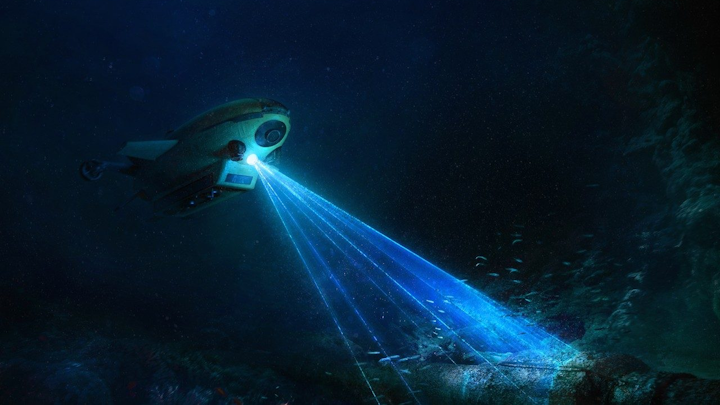 ARLINGTON, Va. – U.S. military researchers are asking for industry's help in using artificial intelligence (AI) for the quick design of military systems that blend physical processes with computers and digital networking, called cyber-physical systems.
ARLINGTON, Va. – U.S. military researchers are asking for industry's help in using artificial intelligence (AI) for the quick design of military systems that blend physical processes with computers and digital networking, called cyber-physical systems.
Officials of the U.S. Defense Advanced Research Projects Agency (DARPA) in Arlington, Va., issued a broad agency announcement on Tuesday (HR001119S0083) for the Symbiotic Design for Cyber-Physical Systems program.
Cyber-physical systems use embedded computing and digital networks to monitor and control physical processes, and have feedback loops to enable physical processes and computing to influence one another. Examples of cyber-physical systems are automatic avionics, robotics, autonomous automobiles, smart grids, and process-control systems.
The aim of the Symbiotic Design for Cyber-Physical Systems program is to develop AI-based approaches to reduce the time it takes to design of military cyber-physical systems from years to months, and enhance innovation in design.
Cyber-physical systems are instrumental to unmanned vehicles, weapon systems, and mission platforms, which integrate cyber and physical subsystems, DARPA researchers point out. Yet their enormous complexity has made their engineering design a daunting challenge.
Cyber-physical systems involve domains like software, control, computing, and communications, and DARPA researchers want to develop the ability to predict the system’s properties with confidence prior to construction using a model-based approach. One core problem, however, is the fundamental limitations in modeling.
The program seeks to combine two very different agents: humans with their uncanny ability to create intuitive associations; and machines with their ability to recognize statistical patterns from data and search quickly for the best solutions.
The goal is to transform today's human-focused model-based design flows into a collaborative discovery by humans and continuously learning AI-based co-designers. The technologies developed will apply to rapid mission-specific system design, as well as traditional large-scale mission systems design.
Of particular concern are the U.S. military's rapid-equipping forces and Special Forces, which need new capabilities, which place a premium on agile, rapid, and verified designs.
AI techniques in cyber-physical systems will be a game changer, and may result in a new generation of unexpected, counterintuitive design solutions, and could offer an order of magnitude improvement in design productivity, and in surprising unconventional designs.
The program has three technical areas: AI co-designer; symbiotic exchange; and program evaluation.
The AI co-designer integrates design construction, composition, and exploration in loop. Humans will collaborate with the AI co-designer through the symbiotic exchange, by participating in the execution of this loop, shaping the design space, analyzing the points in the design space, and steering the AI co-designer away from unproductive regions of the design space. Visualizations of the design as it evolves will support this human interaction.
The program has three phases. The first 18-month phase is for initial research. The 15-month second phases will expand the scope of application and scaling. The 15-month third phase will focus on technology maturation and capstone demonstration.
No comments:
Post a Comment